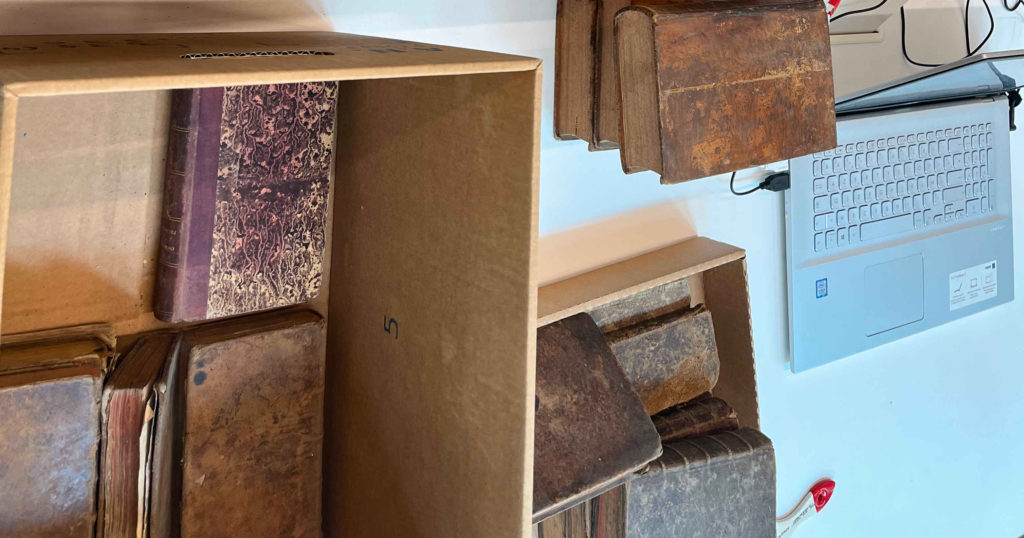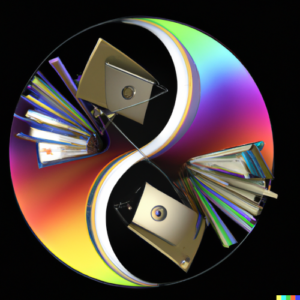When I first heard the term “Digital Humanities”, I was in college, in my undergraduate program in The Netherlands. I remember thinking: “what on earth is that?” I’m happy to report that I still don’t have the complete answer to that question. But that’s a good thing; it means there’s a lot more to learn and uncover.
However, what I have learned is this: Digital Humanities (DH for short) is a powerful tool that can help us understand the Humanities better, in a way that is constantly evolving, in a world that keeps on going, faster and faster. Before computers, we would never have been able to efficiently and exhaustively look for keywords, unique phrases, or any other linguistic mark in an old manuscript text. Now, via transcription tools like Transkribus, data mining softwares like Voyant Tools, or even Python (for the experts and madmen), we can.
I guess, in a nutshell, I equate DH to a deeper understanding of the human past and present, wherein the age of computers ushered in a whole new way of looking at the Humanities, allowing us to seek more precise answers from our own past, in an effort to help understand out future.



